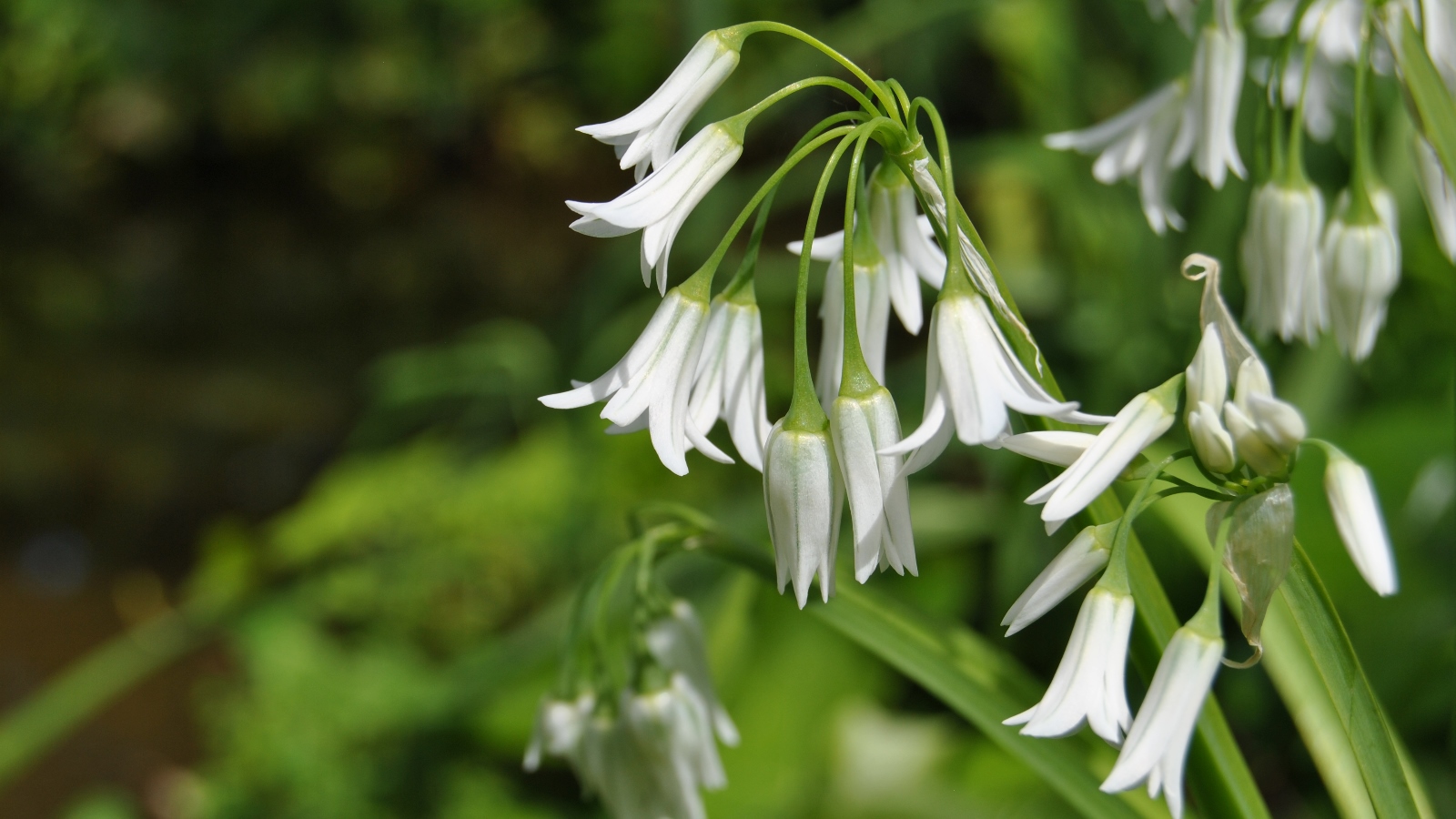Blossoming plants and trees to discover in the Garden in April and May
A naturalist in the Gulbenkian Garden
Walking through the 7.5 hectares of this green space, you can find 94 species of shrubs, 84 trees, 80 herbaceous plants and 15 climbers. Many of them are in bloom, which makes it even more pleasant to walk and discover the flowers of the garden’s vegetation.
Here are nine flowers to discover, recognise, and name whenever you see them.
Intermediate periwinkle
Vinca difformis
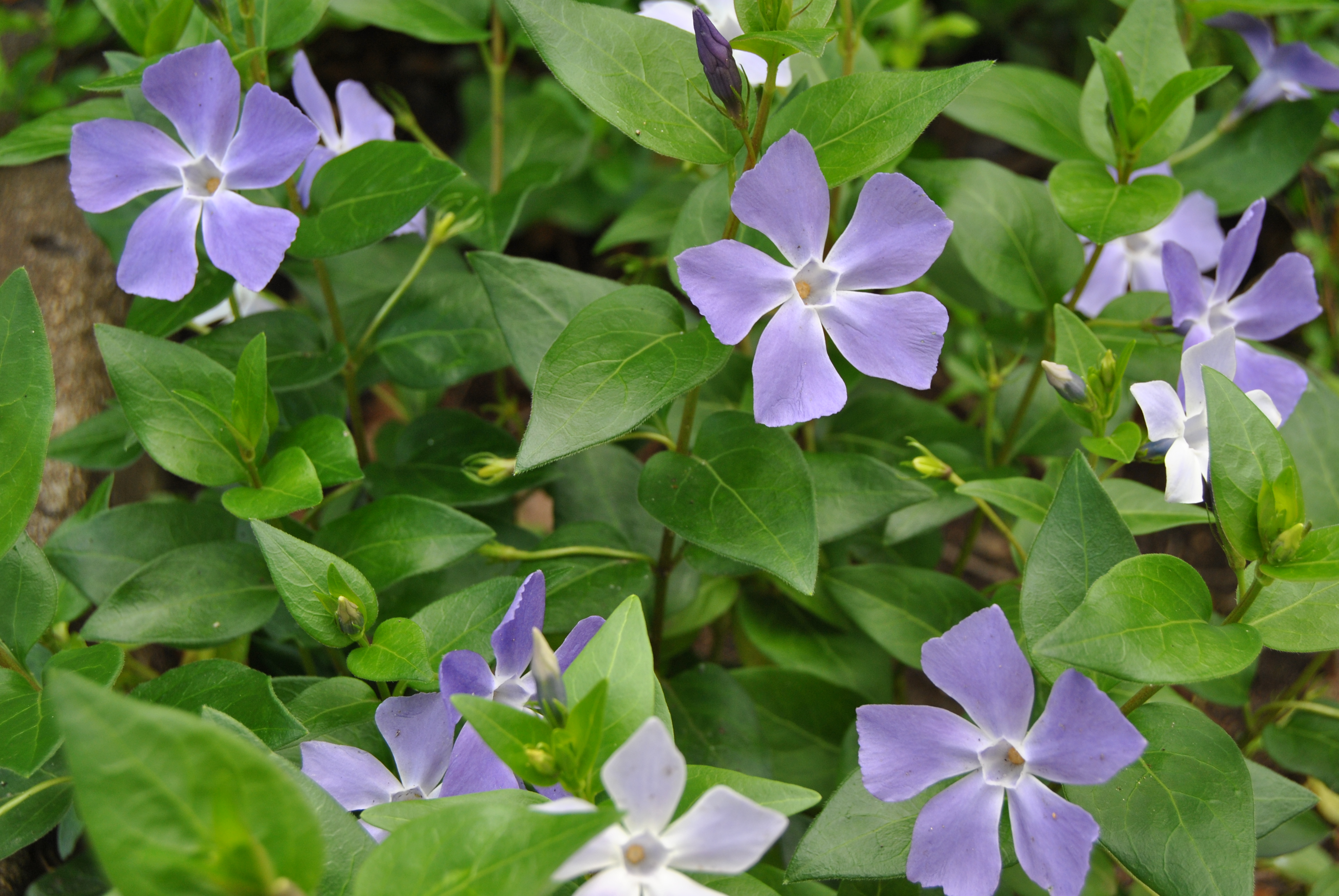
This is a plant with many names. In Portugal it is also known as the ‘herb of envy’ or congorças, for example. The intermediate periwinkle prefers wooded areas, thriving in places sheltered from the sun and humidity. Between January and late May we can enjoy the sight of the blue flowers of this species, which is native to southwestern Europe and North Africa.
Three-cornered leek
Allium triquetrum
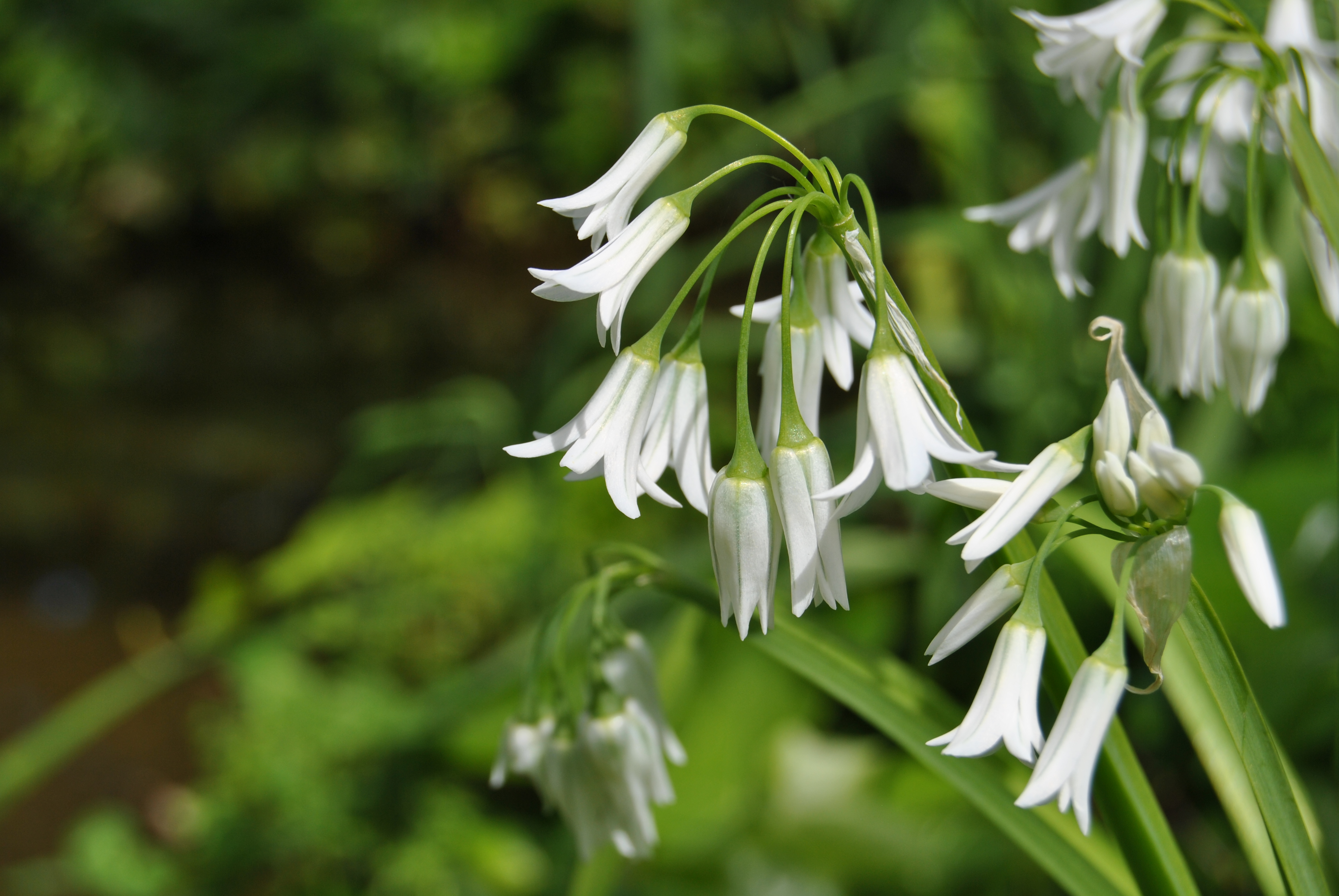
Also known as wild garlic, this delicate-looking plant is native to the Mediterranean region and is found in clearings of pine or oak forests, on riverbanks, roadsides, and in moist, shady places. You can find its flowers between the months of February and April.
Daisies
Bellis perennis
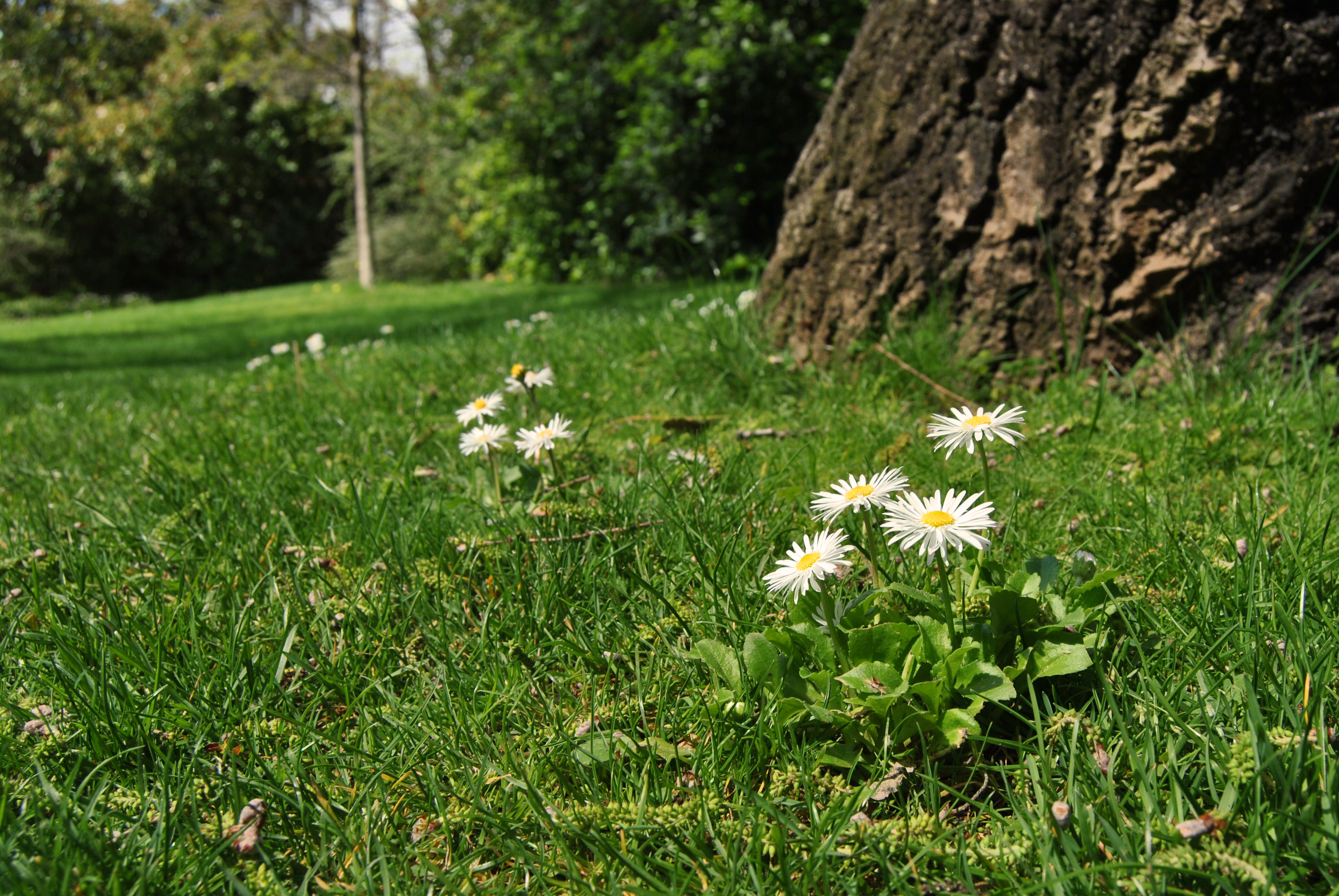
True icons of spring, daisies are found in meadows, scrub and woodland clearings, paths and in fallow and uncultivated ground. They like moisture. The daisy’s small flowers can be seen from January to July and form part of the landscape in many places. This plant is native to mainland Portugal (it occurs naturally in the territory) but can easily be confused with another species, the Erigeron karwinskianus, which is known as the Spanish daisy, although it is originally from Mexico and Central America. This latter plant has smaller flowers with a light pinkish tinge.
The pride of Madeira
Echium candicans

With its cones covered in tiny purple flowers, the pride of Madeira is a shrub native to that island, where it is most commonly found at the highest points. It is a protected species in the European Union and usually blooms between April and August.
Hawthorn
Crataegus monogyna
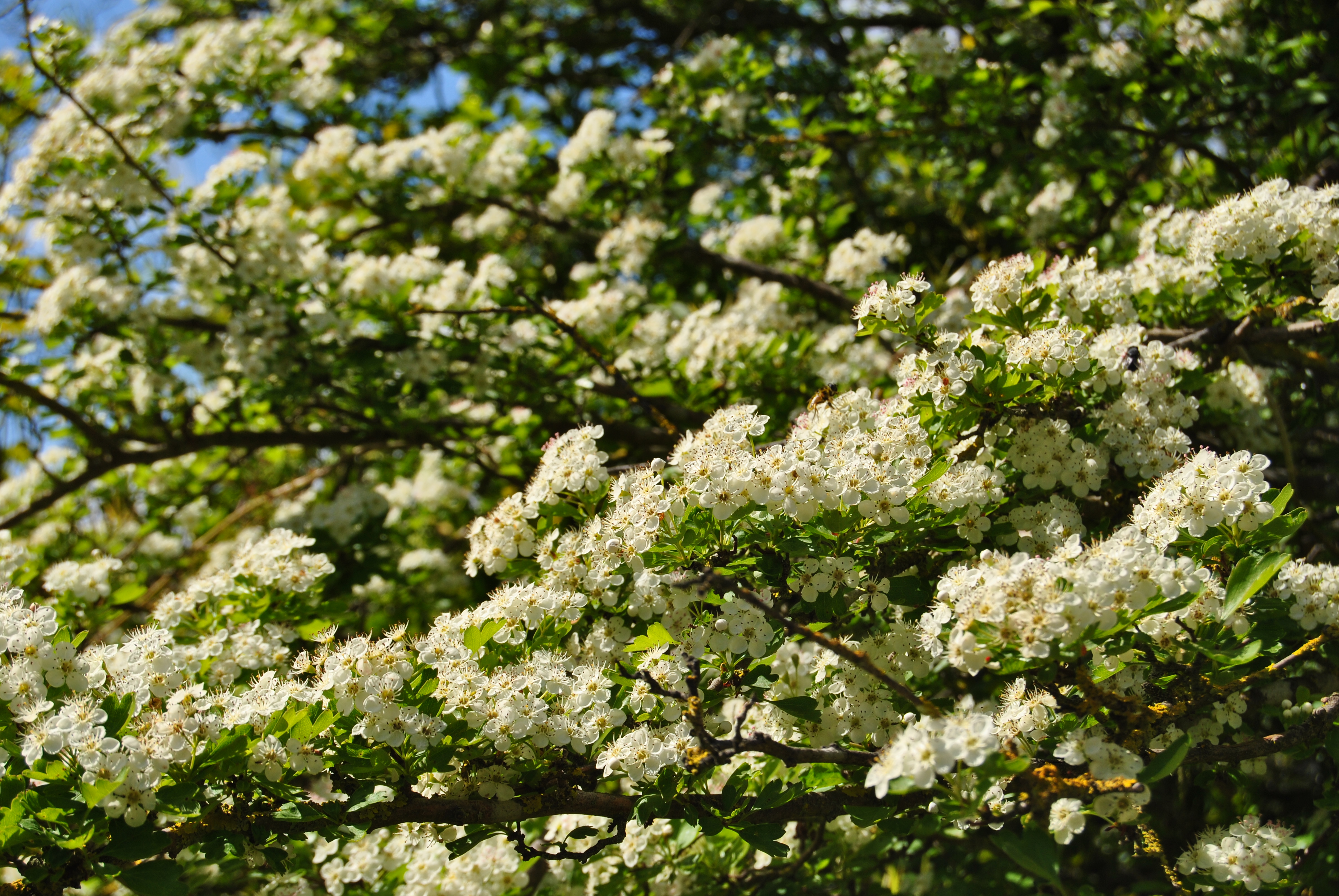
This shrub or small tree becomes covered with tiny white or pink-tinged flowers in the first weeks of spring, which only last between April and May. It is a spontaneous species from Europe that likes damp and shady places. To distinguish it from other similar flowering shrubs, pay attention to the outline of the leaves. The hawthorn belongs to a group of primitive species that can be seen in the garden, such as the Portuguese laurel, bay laurel, wild olive, holm oak, cork oak, oak, carob and narrow-leaved ash.
Cherry laurel
Prunus laurocerasus
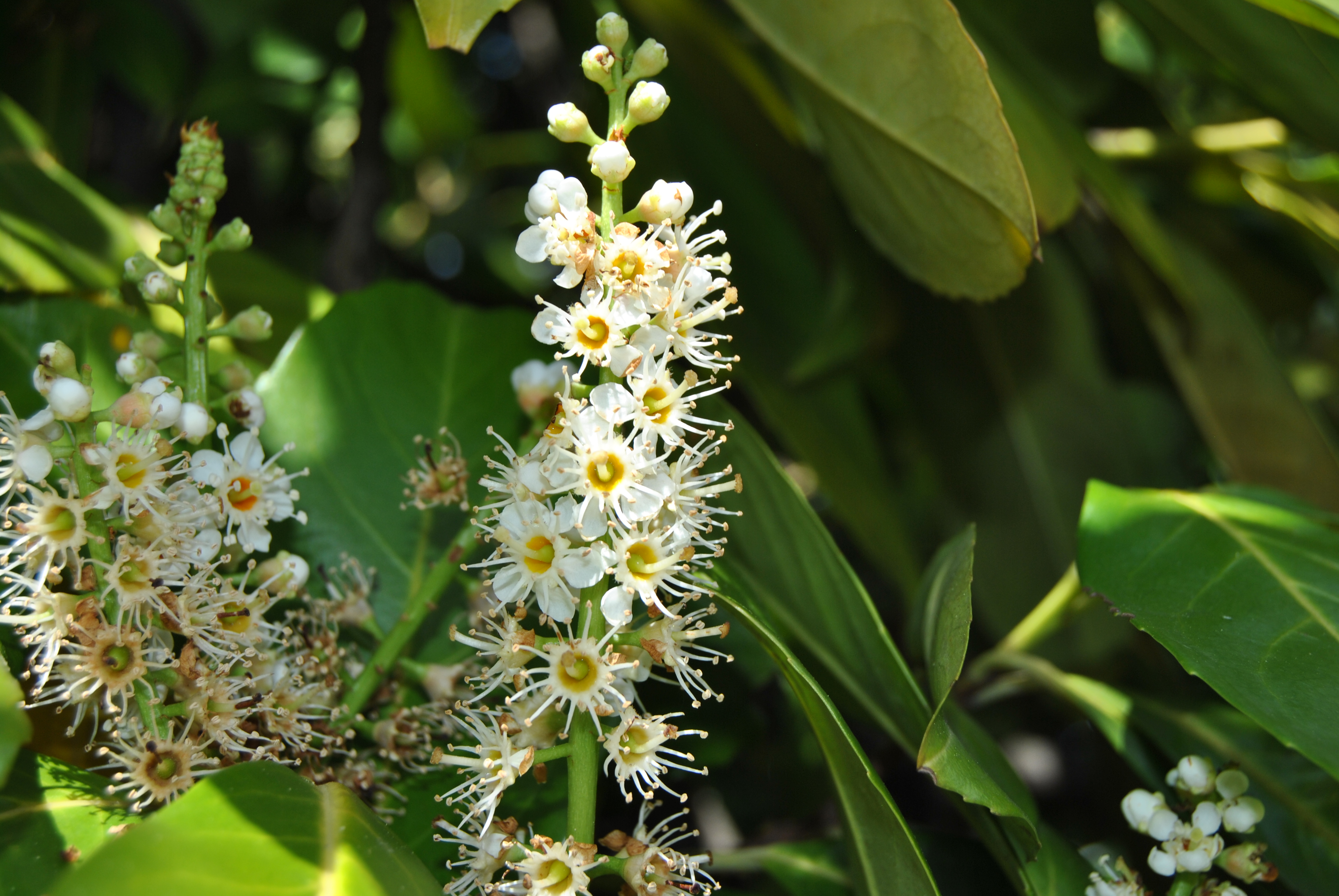
Also called English laurel or Common laurel, this large tree or shrub can be seen in different areas of the Garden, adorned with clusters of small white flowers between April and June. It is a species native to Asia Minor and southeastern Europe.
The Judas tree
Cercis siliquastrum
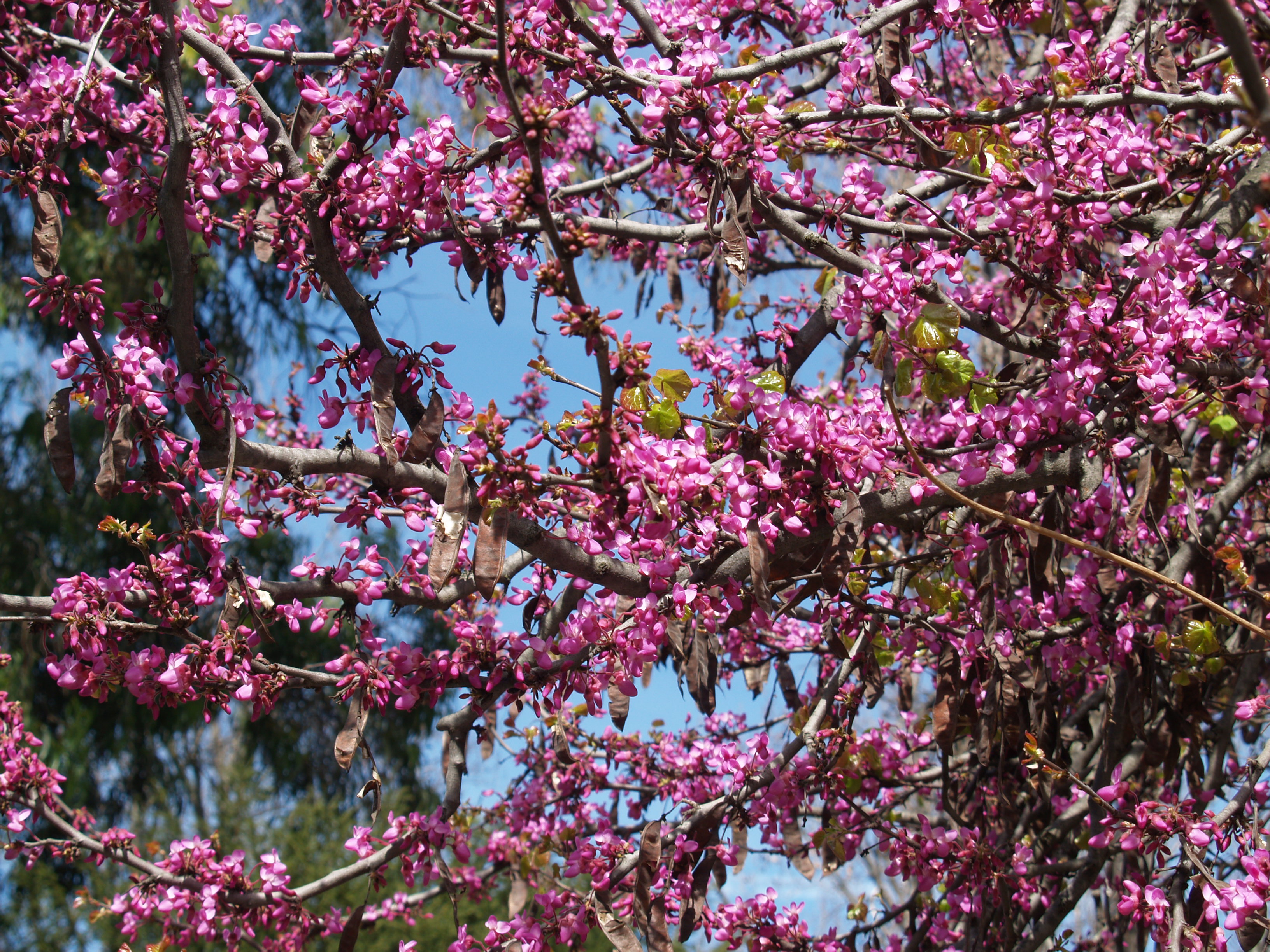
So named because of the legend that Judas Iscariot hanged himself in this type of tree, the Judas tree originates from the Eastern Mediterranean region. It is easiest to identify between March and June, when it is filled with clusters of attractive pink flowers which appear before the leaves, and even on the trunk.
Gorse
Ulex europaeus
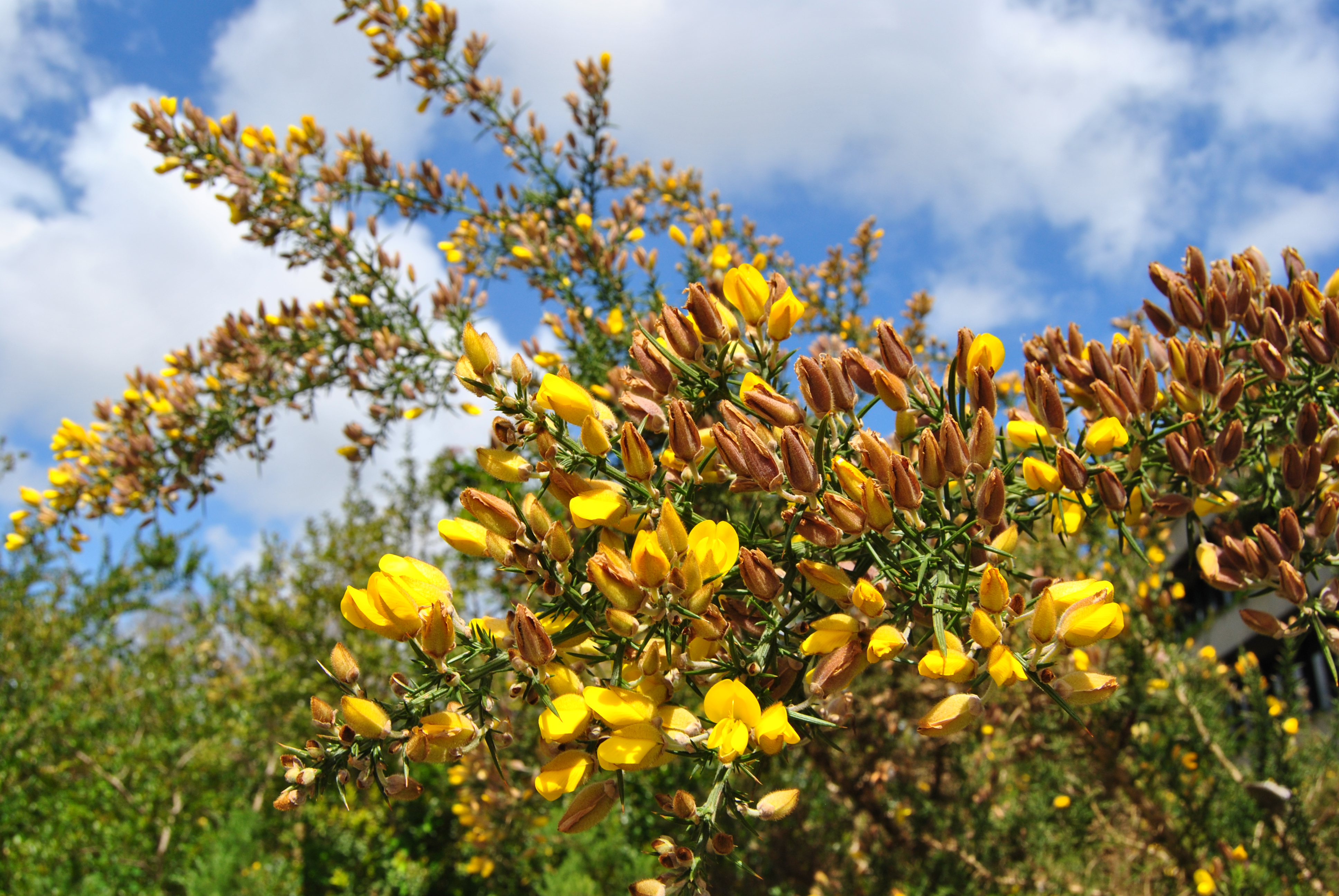
There are several species of gorse, all of them in the genus Ulex. In the case of Ulex europaeus, which you can see in the garden, this thorny shrub is originally from the Iberian Peninsula. In Portugal, you can find it in many different places, including woodland edges, road embankments, and abandoned fields. The small yellow flowers of gorse are most common in the first months of the year, until mid-May, and also in October and November.
Yellow iris
Iris pseucadorus
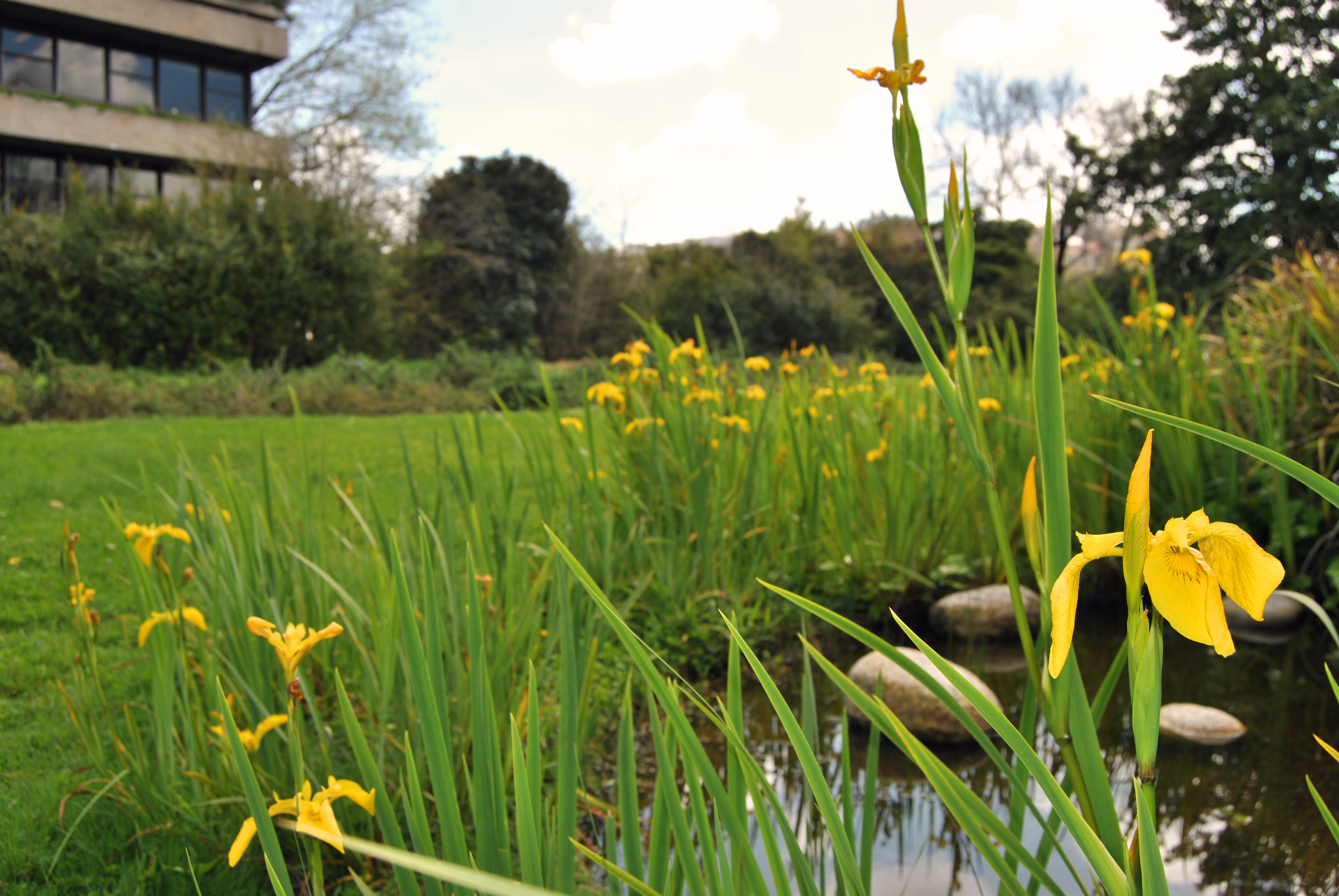
The flower enjoys the company of water and can be seen on the banks of rivers and streams, in ditches, rice paddies and other wetlands. It usually blooms from the end of March until the last days of June, accompanying spring. Throughout the Garden you can find other species of irises, such as the purple Iris xiphium.
To learn more about these and other flora species, you can read the book Calouste Gulbenkian Foundation’s: Flora, by Raimundo Quintal, and explore the Portuguese Botanical Society’s Flora-On website.

